More translations, wider audiences ensure Kirgiz legend is becoming wider known
After the wedding ceremony, guests sat around and listened to an old man sing. He sang throughout the night until the morning arrived. His listeners had one bowl of butter tea after another, and none of them looked sleepy.
In 1953, when the newly founded People's Republic of China began national research on ethnic languages, Hu Zhenhua, a young graduate of an institute known today as Minzu University of China, arrived in the Xinjiang Uygur autonomous region to study the language of the Kirgiz people on the Pamir Plateau.
For a year, Hu and his colleagues traveled through all the grazing areas and pastures, sleeping in yurts with the Kirgiz people, herding cattle and sheep. He learned the Kirgiz language and participated in weddings, funerals, sheep and horse racing, and other folk activities.
The singing happened after many gatherings. What was it about? Hu didn't understand much at first. Later, after listening to it many times, he learned that it was a millennia-old epic known as Manas, and the singer who sings it is called a manaschi.
The young linguist was intrigued. He traveled back to Xinjiang again and recorded the Manas being sung many times. "I was 22 when I encountered the singing. Studying Manas has since been the most important theme of my research career," said Hu, who is a professor at Minzu University of China.
The country has invested huge efforts in the conservation and promotion of Manas. The epic Manas was included in the first batch of national Intangible Cultural Heritage lists in 2006 and was added to UNESCO's Representative List of Intangible Cultural Heritage of Humanity in 2009.
President Xi Jinping watched a Manas performance during his trip to Xinjiang in July last year, and talked with some of the manaschi.
"Cultural heritage such as Manas is not only the precious wealth of ethnic minorities but also of the whole Chinese nation. We should do a good job of protecting, inheriting, and sorting out the work so that it can be carried forward," he was quoted by Xinhua News Agency as saying.
Soul of a people
The epic Manas appeared in the 9th to 10th centuries. It tells the story of the extraordinary life of Manas, the hero, and seven generations of his descendants who led the Kirgiz people to fight against invaders and other evil forces. It illustrates the spirit of indomitability and unity and embodies the Kirgiz people's yearning for a better life, which is regarded as the soul of the Kirgiz.
Said to be 19 times longer than Homer's Odyssey, the epic spans eight chapters in 18 volumes and boasts more than 234,000 lines, making it the second-longest epic in the world.
"Manas, as a verse epic sung by folk artists, has dual properties of literature and folk art," said the UNESCO intangible heritage inscription.
"It records valuable information on the reproduction, survival, production, and development of the Kirgiz people, with rich contents about history, customs, literature, language, economy, military, medicine, astronomy, religion, ethics, and morality, and has become an indispensable encyclopedia for understanding and studying the Kirgiz people."
Hu, the professor, said in the epic, mountains, lakes, rapids, strong winds, eagles, and tigers are often used to symbolize heroes. It contains almost all the folk styles of the Kirgiz people, such as myths and legends, custom songs, and proverbs, which are related to the unique lifestyle and natural environment of the Kirgiz people.
The epic not only has a clear historical context, sharp and complex dramatic conflicts, distinct characters, and story twists, but also has beautiful and flowing sentences, vivid metaphors, with harmonious but strong rhythm, which is easy to sing.
"Wherever there are Kirgiz people, there are Manas concerts. For thousands of years, performers have sung the Manas, processing and embellishing ancient wisdom," said Hu.
"Whenever there is a festival get-together, a manaschi always sings the epic. Some manaschi can sing from night to morning, or even for days and nights in concert competitions."
In addition to Xinjiang, the main places where Manas is sung are Kyrgyzstan, Kazakhstan, and Uzbekistan. Kirgiz people who live in Afghanistan and northern Pakistan also perform the Manas.
Master performer
In 1957, Hu opened a Kirgiz language class at the Central Institute for Nationalities. Three years later, he led students to Xinjiang for internships, extensively documenting and translating the Manas and publishing it in newspapers and magazines.
In 1961, the Central Institute of Nationalities, Xinjiang Federation of Literature, Xinjiang Literature Research Institute, and Kizilsu Kirgiz autonomous prefecture government jointly established a working group on Manas, headed by Hu. During one of the group's trips to Xinjiang, Hu met folk singer Gusev Mamay.
Gusev, the master of singing Manas, was born in 1918 in Kezilesu Kirgiz autonomous prefecture. He was later invited to Beijing to record his Manas performance. He was received by then Chinese leaders and praised as a "national treasure".
Gusev sang without inhibition. In one year, he recorded all eight chapters of Manas, a total of more than 230,000 lines.
Hu said of the epic: "Apart from the main plot being unchanged, Manas will be performed differently by each singer. Even if the same singer sings the same passage, it may be different today and tomorrow. Talented singers will add their own improvisations."
Gusev's improvisations were beautiful, and the singer was able to enrich the poetic style according to his cultural knowledge, Hu said.
Hu also introduced Gusev to the world when attending international conferences. In 1995, Gusev was awarded the Order of Manas, the highest cultural medal in Kyrgyzstan, and was acclaimed as the "living Homer" by epic experts at home and abroad. Gusev passed away in 2014 at age 96.
As Hu's research on Manas went deeper, he realized that it was not only a precious literary heritage but also an encyclopedia of knowledge on the Kirgiz people.
As a cultural treasure for thousands of years, Manas has become a bridge for cultural exchanges and mutual learning between China and Central Asian countries.
The government of Kezilesu Kirgiz autonomous prefecture has held nine Manas International Cultural Tourism Festivals since 2007 and sponsored regular concerts, competitions, forums. It staged a song-and-dance drama titled Manas in Beijing in March.
Wider audience
Yang Qingxiang, deputy dean of the School of Liberal Arts at Renmin University of China, said performances of Manas outside Xinjiang help promote the epic. "A classic, excellent literary work needs a large audience to prosper," he said.
"Manas has a strong story, and the promotion of literary works can help it become more widely known, like epic legends such as Ashima of the Yi ethnic group and King Gesar of the Tibetans."
Manas has been translated into many languages. In April 2022, a full translation of the epic into Mandarin was finally published by Xinjiang People's Publishing House.
Since 2004, the government of Kizilsu prefecture and the Literary Federation of Xinjiang Uygur Autonomous Region jointly initiated the translation of Manas into Chinese, based on the republication of the Kirgiz version of Manas sung by Jusuf Mamayi.
The Translation Working Committee has organized more than 40 experts to unify the translation terms, formulate translation rules and work procedures.
"The Chinese-language version of the Manas book is another important achievement of the historic leap from oral transmission to written communication," said He Jihong, a cultural expert.
He, 78, became a cultural adviser to the local government after retiring from the Historical Records Office in Kizilsu Kirgiz autonomous prefecture in 2005. He has devoted himself to the translation of Manas into Chinese for more than a decade. "The process of translation is full of difficulties, from searching information to organizing singers and translators, but finally, we make it," he said.
He added, "Next, with the support of the government, we plan to edit eight books of Manas and publish them as pamphlets to solve the problem of the high price of the whole book, and also reduce the content of the edited book so that readers can find it easier to read, further enhancing the influence of Manas."
Recently, a variety of pictures appeared in Urumqi subway cars, which delighted commuters with their "Xinjiang flavor".
According to Hu, the influence and importance of Manas has no end. "It will continue to be written and sung by the Kirgiz people as history evolves, continue to record every aspect of the social life of this nation, and incorporate the fresh vitality, rich emotions, and wisdom of the Kirgiz people for generations," he said.
As Gusev sang prophetically in the preface of Manas:
"From then on,
How much the earth has changed:
The Gobi was left with stones,
The rocky beach turned into a forest again,
The green fields turned into rivers,
The rocks of the mountain stream have moved,
Everything has changed so much,
Only the epic of our ancestors,
Is still passed down from generation to generation."









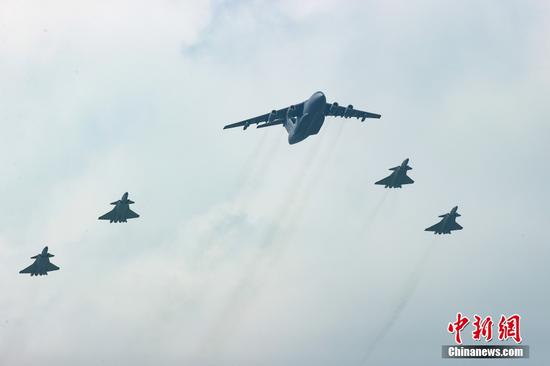


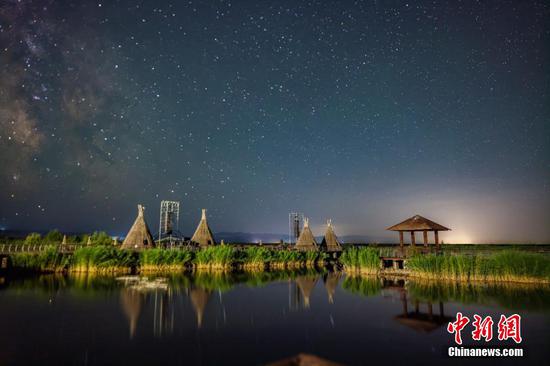

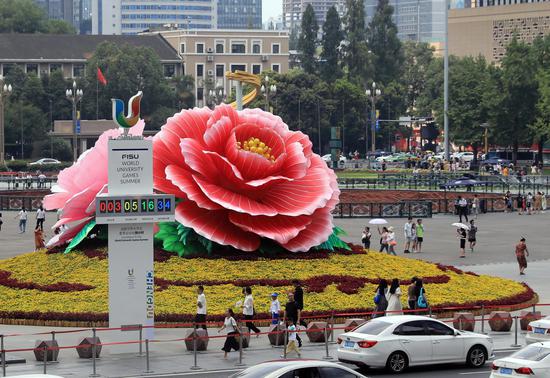


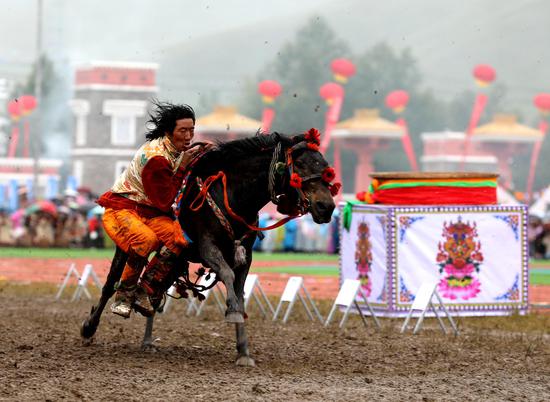





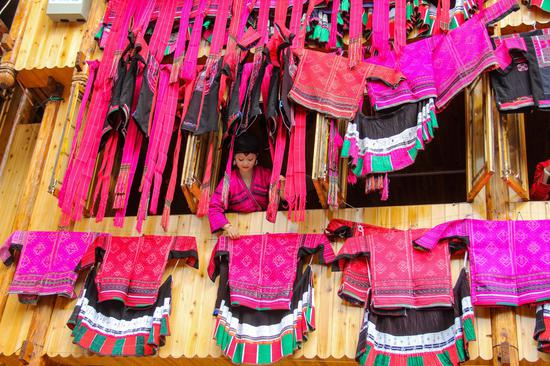







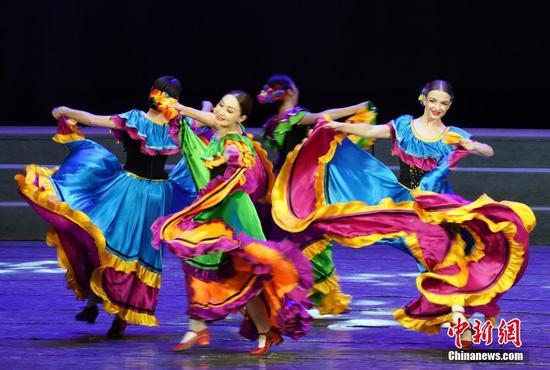
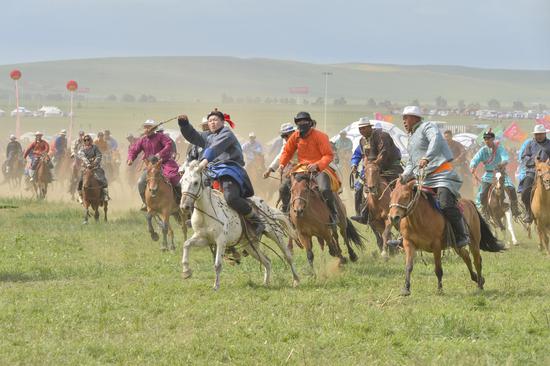










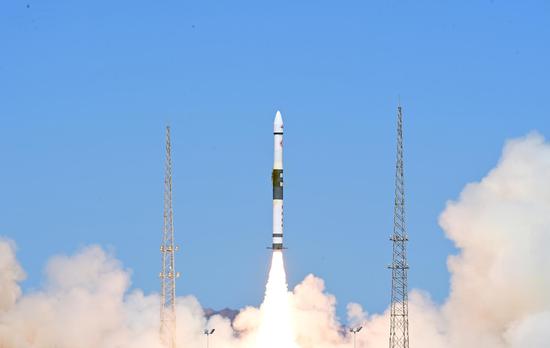






 京公网安备 11010202009201号
京公网安备 11010202009201号